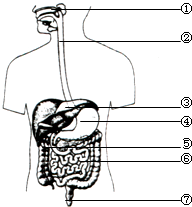(1)因为f(x)=x-lnx,f′(x)=1-=,所以当0<x<1时,f'(x)<0,此时函数f(x)单调递减.
当1<x≤e时,f'(x)>0,此时函数f(x)单调递增.所以函数f(x)的极小值为f(1)=1.
(2)因为函数f(x)的极小值为1,即函数f(x)在(0,e]上的最小值为1.
又g′(x)=,所以当0<x<e时,=g'(x)>0,此时g(x)单调递增.
所以g(x)的最大值为g(e)=<,所以f(x)min-g(x)max>,所以在(1)的条件下,f(x)>g(x)+.
(3)假设存在实数a,使f(x)=ax-lnx,x∈(0,e],有最小值3,则f′(x)=a-=,
①当a≤0时,f'(x)<0,f(x)在(0,e]上单调递减,f(x)min=f(e)=ae-1=3,a=,(舍去),此时函数f(x)的最小值是不是3.
②当0<<e时,f(x)在(0,]上单调递减,f(x)在(,e]上单调递增.
所以(x)min=f()=1+lna=3,a=e2,满足条件.
③当≥e时,f(x)在(0,e]上单调递减,f(x)min=f(e)=ae-1=3,a=,(舍去),此时函数f(x)的最小值是不是3.
综上可知存在实数a=e2,使f(x)的最小值是3.

